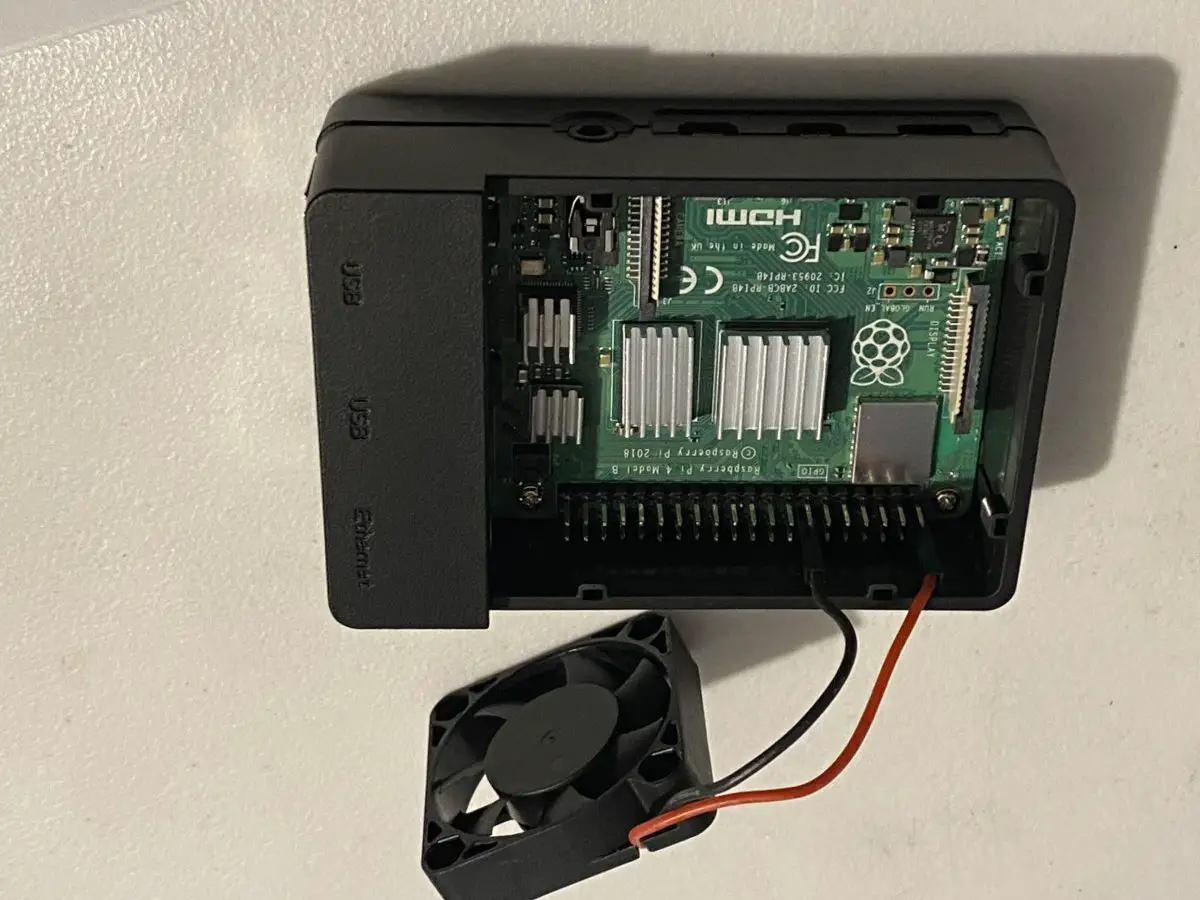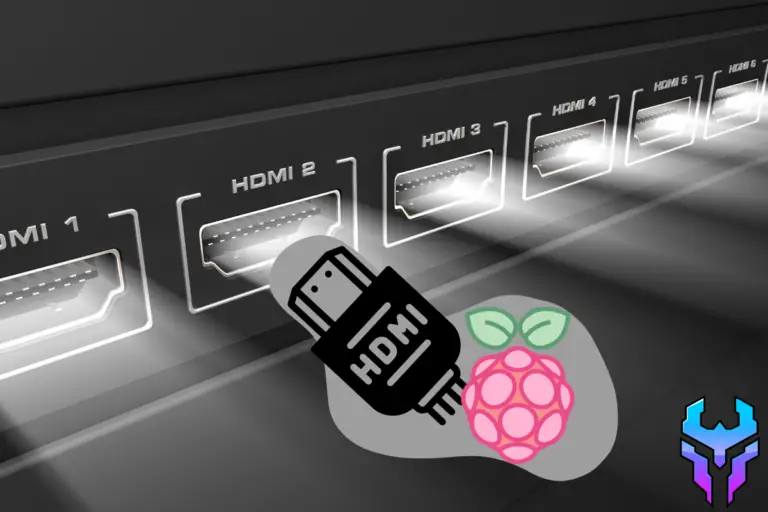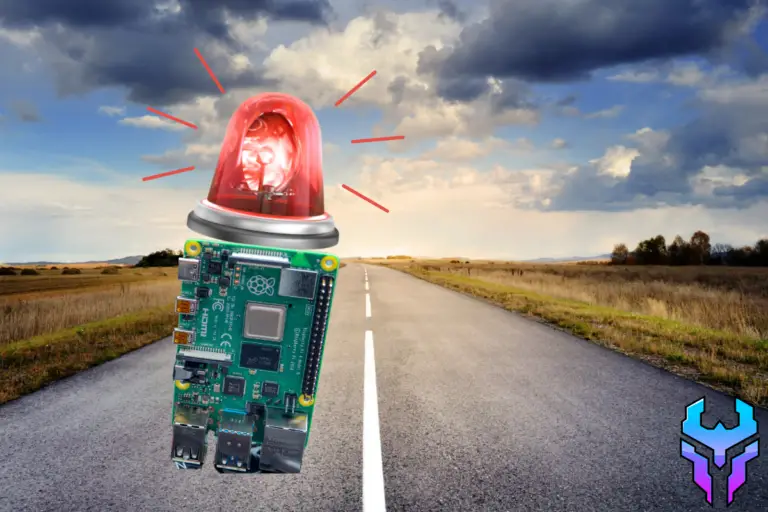Is Your Raspberry Pi Overheating? Here’s What To Do!
When I first started learning and using a Raspberry Pi, I didn’t expect it to get hot. I remember trying to disconnect my Raspberry Pi from the HDMI cable: it felt scorching hot, which was worsened by the fact that I didn’t put a case on it. I would have dropped it if not for my fear of breaking it.
From then on, each time I used my Raspberry Pi, I would come to expect it to be hot to handle. With each repeated use, I started worrying and wondered: “Is it okay if my Raspberry Pi keeps overheating?”
It is perfectly fine if your Raspberry Pi runs a little hot as long as it doesn’t surpass the temperatures between 75 degrees Celsius to 80 degrees Celsius (which is between 167-176 degrees Fahrenheit). The reason for this limit is because that’s the maximum temperature the Raspberry Pi can run at without having its main components getting damaged.
The rest of this article will dissect how overheating might impact the performance of your Raspberry Pi and what measures you can implement to reduce the chances of your Raspberry Pi overheating.
How Does Overheating Impact Raspberry Pi Performance?
Continuous overheating of your Raspberry Pi (or any electronic device) will reduce its lifespan, you won’t get the best performance out of it, and/or the process that created the excess heat will get hindered.
The primary reason why the performance gets reduced when temperatures get exceedingly hot is that the CPU (also known as the Central Processing Unit) senses that the hot temperatures can damage the device, so it will purposefully slow the clock speed to save the Raspberry Pi.
What is clock speed?
Clock speed figures out how many instruction cycles the CPU can handle in one second. In other words, it can determine how fast the CPU can run.
The clock speed is typically measured in megahertz (MHz). Other times, it can be measured in gigahertz (GHz) if there is a higher amount to be measured.
If you want to learn more about clock speeds, then you should check out my guide on Arduino’s clock speeds. Even though Arduino isn’t the same thing as a Raspberry Pi, the concepts should apply just as well.
Why Does Raspberry Pi Overheat?
As a rule of thumb, you won’t have to worry about your Raspberry Pi if you’re running simple things. It will only start overheating when you start using it to its max potential.
Still, if you manage to work it at its maximum potential, it will start shutting off in order to preserve the well-being of the main components. This is great for the user since it means you won’t accidentally break your Raspberry Pi on your first go if you overheat it since its CPU is smart enough to control that for you.
How To Keep Your Raspberry Pi Cool?
The two best simple ways to prevent your Raspberry Pi from overheating are by adding a fan to cool it down or by adding a heatsink.
You can easily purchase a small fan from Amazon that’s compatible with your Raspberry Pi, or you can just use a fan you would use in the summer that can blow on your Raspberry Pi as you work on it.
On the other hand, if you want to save some electricity, you can try a heat sink. This is a passive way of cooling down your Raspberry Pi and can extend its longevity. A common heatsink you would put on a Raspberry Pi is called a passive pinned (or finned) heatsink.

Passive pinned heatsinks are heat spreaders that have structures on top. These structures look like little pins arranged in a grid. This is an ingenious design because it greatly increases the surface area, which in turn allows the heat to dissipate more quickly. Still, it could have some downsides such as its costliness and the amount of space they take up. Moreover, it’s not as effective as using a fan to cool the device down.
For me, I chose to buy a case from Amazon that included both a fan and 3 heat sinks. That way, I could maximize heat reduction while also protecting my Raspberry Pi. Moreover, the case could also make the Raspberry Pi easier to handle after a long session since I won’t be directly touching the device itself. The last reason I picked it was because it looked aesthetically pleasing.
If you’re a beginner and you want to learn more about setting up a Raspberry Pi and all the necessary components you’ll need, consider checking out my Raspberry Pi Beginner’s Guide. Even if you have what you need, it contains some great tips on saving money when getting all the parts you need.
Summary – tl;dr (Too Long; Didn’t Read)
Here are some of the key takeaway points you should keep in mind for the future after reading this article:
- Raspberry Pis can get a little hot, but you shouldn’t worry about it unless its temperature surpasses 75 degrees Celsius to 80 degrees Celsius (which is between 167-176 degrees Fahrenheit).
- This shouldn’t be too much of an issue for the regular user unless you’re maxing out its potential.
- Overheating can impact the Raspberry Pi by hurting its performance, reducing its lifespan, or damaging the process that caused the excess heat in the first place.
- To keep your Raspberry Pi cool and prevent it from overheating in the first place, you should use 2 simple tools: fans and heat sinks.
- The fan is more efficient, but it consumes electricity.
- The heat sink is passive and doesn’t require electricity to cool off due to its unique and ingenious design.
- The design of the heat sink maximizes the surface area so that heat can more easily dissipate.
- You could see the best result if you utilize both tools in your Raspberry Pi. They are relatively inexpensive and easy to obtain. For instance, I obtain the fan, a heat sink, and a case for the Raspberry Pi through Amazon for only $10!
Hopefully, you will now find that Raspberry Pis shouldn’t be too hot to handle after reading this article.






